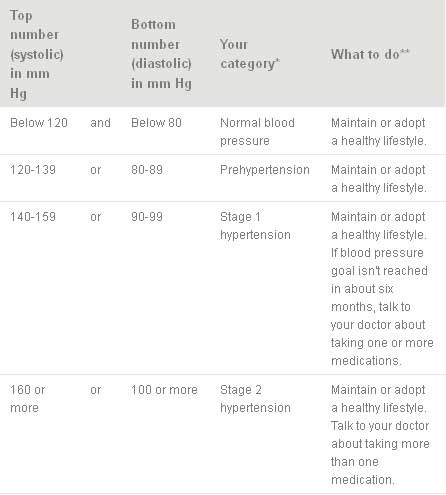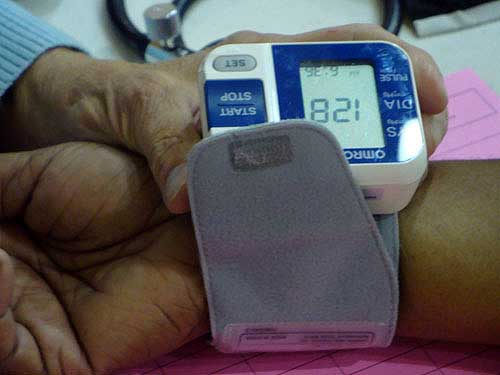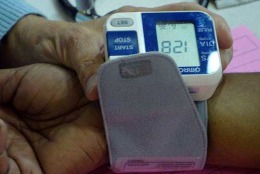



Paula Wolfson, wtop.com
WASHINGTON – One in three Americans has high blood pressure and many don’t know it, so getting regular screenings is crucial to your health.
High blood pressure has few if any outward symptoms. It can lead to heart disease, heart attack, congestive heart failure, stroke and kidney failure if left unchecked.
Cardiologist Warren Levy is medical director of Virginia Heart, the largest cardiovascular practice in the region. He calls hypertension a silent killer that can largely be prevented or controlled through early detection and treatment.
Levy says there are numerous risk factors for high blood pressure.
“Increasing age increases your risk,” he says. “Certain ethnic groups are at greater risk, such as African-Americans.”
He also emphasizes there are many risk factors that are related to lifestyle, such as a high sodium diet and lack of exercise.
And then there is stress. Levy says it can have a big impact on blood pressure.
“When you are under stress or you feel stress, your body secretes substances into your blood stream that increase your blood pressure,” he says. “You secrete adrenalin and other hormones that make your blood pressure go up.”
It is important to keep stress in check, which is not always an easy task for Washington commuters stuck in Beltway traffic.
“If you can do something about that, you could probably reduce the risk of heart disease in the Washington area,” he says.
But until there is a cure for the “Beltway blues,” Levy advises everyone get screened, especially during May, which is Blood Pressure Awareness Month.
The screening process is easy, but understanding the results can be confusing. The test produces two numbers. One is the blood pressure produced when your heart squeezes, the other is the pressure when the heart relaxes.
“The top number, or systolic blood pressure, should be less than 120,” he says. “The bottom number, or diastolic pressure, should be under 80.”
There are variations in blood pressure targets for men and women. The Mayo Clinic has a handy chart that explains what your reading means. To see the chart, follow this link.
Other good sources of information:
- Centers for Disease Control and Prevention – High Blood Pressure
- National Heart Heart Lung and Blood Institute – High Blood Pressure
Follow WTOP on Twitter.
(Copyright 2012 by WTOP. All Rights Reserved.)







